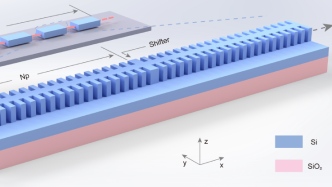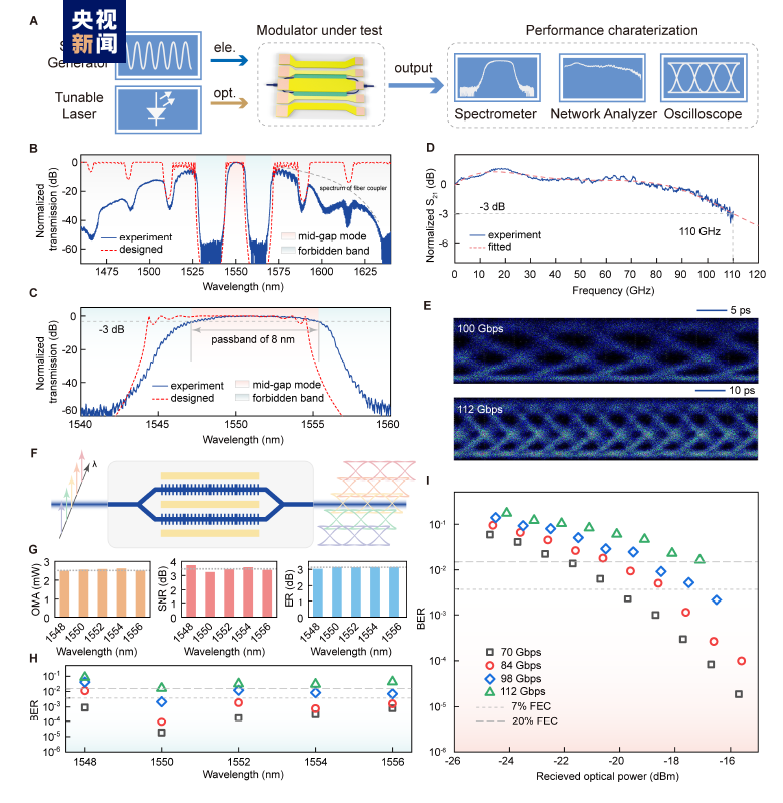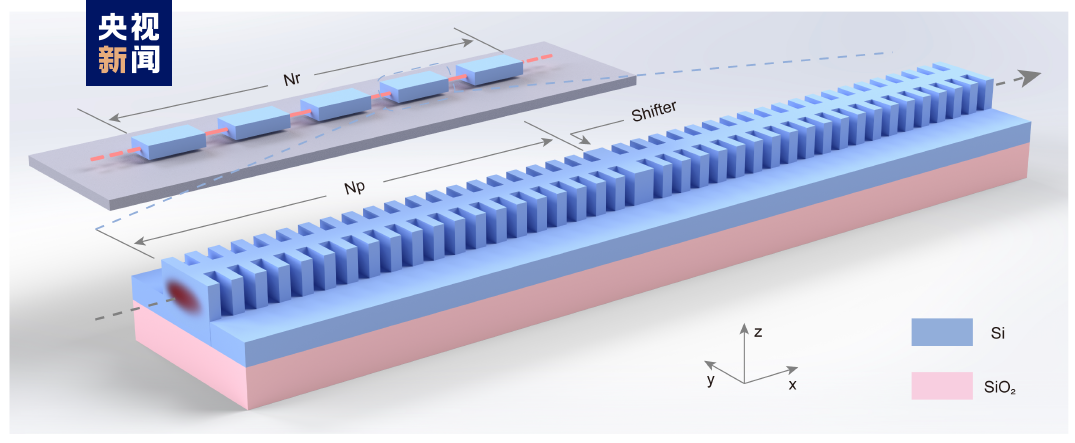
Recently, the joint team of Professor Wang Xingjun, Professor Peng Chao, and Researcher Shu Haowen from the School of Electronics of Peking University made a major breakthrough in the research of ultra-high-speed pure silicon modulators, successfully realizing the world's first pure silicon modulator with an electro-optical bandwidth of 110GHz. This is the first time in the world that the bandwidth of a pure silicon modulator has been increased by more than 100GHz since Intel reported the first 1GHz silicon modulator in the journal Nature in 2004. The relevant research results were titled "110GHz Bandwidth Slow Light Silicon Modulator" and were published online in "Science·Progress".

This pure silicon modulator also has the advantages of ultra-high bandwidth, ultra-small size, ultra-large passband, and compatibility with complementary metal oxide semiconductor (CMOS) integration processes. It meets the requirements of ultra-high speed, high integration, and multiple applications in future ultra-high-speed application scenarios. The requirements for wavelength communication, high thermal stability and wafer-level production are major breakthroughs in the field of silicon-based optoelectronics.

With the rapid development of Internet technology, the scale and complexity of data centers are also increasing, and the requirements for data transmission rate, integration and stability are also getting higher and higher. This breakthrough research result is a powerful response to this demand. It will provide important key technical support for the application of high-speed, short-distance data centers and optical communications, and will also provide new technical possibilities for the development of global data centers, which is of great significance to the development of next-generation data centers.